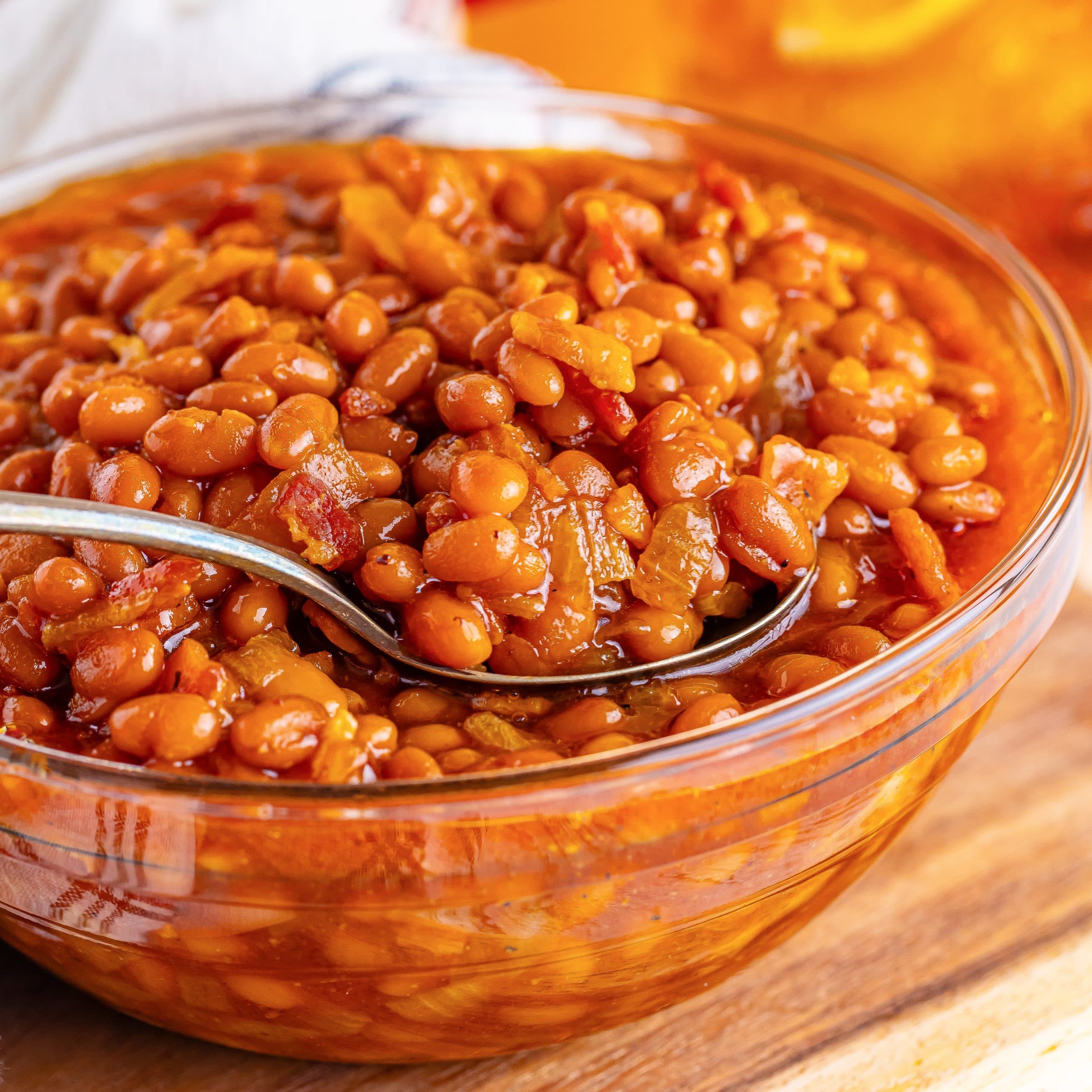Baked Beans: History, Recipes, and Health Benefits
Baked beans have origins in Native American cuisine. Indigenous tribes, like the Iroquois, prepared beans with maple syrup and bear fat. Early settlers adapted the recipe, substituting pork and molasses, resulting in the Boston baked beans popular today. By the 19th century, canned baked beans emerged, expanding their accessibility. Over time, various regional recipes developed, incorporating unique spices and local ingredients.
Popularity in Different Cultures
Baked beans are prevalent in many cultures. In the UK, they are a staple breakfast item, often served on toast. The Full English Breakfast typically includes baked beans alongside other components like bacon and eggs. In the United States, baked beans frequently accompany barbecue dishes, especially in Southern cuisine. Australian and New Zealand diets also feature the dish, commonly topping toast like in the UK. Each culture’s rendition highlights its culinary traditions, enhancing the global appeal of baked beans.
Nutritional Profile of Baked Beans
Key Ingredients and Their Benefits
Baked beans, primarily made from navy beans, boast high fiber content, promoting digestive health. Each cup holds roughly 13 grams of dietary fiber.
- Navy beans: They offer protein (15 grams per cup) essential for muscle repair and growth.
- Tomato sauce: Contains lycopene, an antioxidant linked to reduced cancer risk.
- Brown sugar or molasses: Adds a small amount of minerals like iron and calcium.
- Pork or bacon: Enhances flavor, adding protein and fats, though often less healthy due to saturated fats.
Health Concerns and Dietary Considerations
Despite their nutrients, baked beans contain moderate sodium levels. One cup averages around 870 milligrams. Excessive sodium increases hypertension risk.
- Added sugars: Brown sugar or molasses increases calorie count, impacting weight management goals.
- Processed meats: Including bacon or pork raises saturated fat content, potentially affecting heart health.
- Canned options: Often contain preservatives that some may wish to avoid for a cleaner diet.
For those with dietary restrictions, seek low-sodium, low-sugar, or vegetarian versions to maintain baked beans’ nutritional benefits without added concerns.
Cooking and Preparation Techniques
Traditional Methods
Traditional baked beans recipes typically involve slow-cooking beans with ingredients like molasses, brown sugar, and salt pork. Start by soaking navy beans in water overnight. The next day, drain and rinse the beans before placing them in a pot. Add water, salt pork, and seasonings, then bring to a boil. Reduce the heat and simmer for several hours, stirring occasionally, until the beans are tender. Some recipes call for baking the beans in a low oven for a few more hours to deepen the flavors.
Modern Twists and Variations
Modern baked beans recipes include various ingredients for new flavors and quicker preparation. Use canned beans to save time. Experiment with different meats like turkey bacon or omit meat entirely for a vegetarian option. Incorporate ingredients like maple syrup, chipotle peppers, or mustard for unique tastes. Use a slow cooker or Instant Pot for convenience. These methods reduce preparation time while maintaining a rich flavor profile, letting you enjoy baked beans with less hassle.
Baked Beans in Culinary World
Iconic Recipes and Pairings
Baked beans play a vital role in culinary traditions globally. One iconic recipe you might encounter includes Boston Baked Beans, which utilize molasses and salt pork for a deep, rich flavor. Another well-known variant, Southern-style baked beans, often incorporates brown sugar and bacon, providing a sweet and savory twist.
These baked bean dishes pair well with a variety of foods. For example:
- Barbecue: Serve baked beans alongside grilled meats like ribs or chicken.
- Breakfast: Add baked beans to your breakfast platter with eggs, sausages, and toast.
- Casseroles: Mix baked beans into casseroles for added flavor and texture.
- Burgers: Use baked beans as a topping or side for your burgers.
Baked Beans in Vegan and Vegetarian Diets
Baked beans offer excellent options for vegan and vegetarian diets. With a high fiber and protein content, they make a nutritious meat alternative. When preparing vegan or vegetarian baked beans, you can use plant-based substitutes for traditional ingredients.
Popular versions include:
- Maple Baked Beans: Replace meat with maple syrup and add a smoky flavor using liquid smoke.
- Chipotle Baked Beans: Incorporate chipotle peppers for a spicy, vegan-friendly option.
- Vegetable Baked Beans: Add chopped vegetables like bell peppers, tomatoes, and onions for enhanced flavor and nutrition.
These vegan and vegetarian recipes provide a hearty, filling meal while adhering to dietary preferences.
Consumer Choices and Market Trends
Buying Guide for Quality Baked Beans
Understanding what makes quality baked beans helps you make informed purchases. Opt for products with minimal added sugars and sodium content. Check labels for these values.
- Ingredients: Look for simple, natural ingredients. Avoid brands using artificial preservatives or high fructose corn syrup.
- Nutritional Value: Compare fiber and protein content. Higher values in these categories indicate a healthier option.
- Organic Options: Consider organic baked beans for fewer pesticides. These typically offer a cleaner taste and higher nutritional quality.
- Flavor Varieties: Explore flavors like maple, bacon, or barbecue. These variations can complement different dishes and add diversity to your meals.
- Packaging: Select products in BPA-free cans if concerned about chemicals. Glass jars offer a reusable alternative.
Emerging Trends in the Baked Beans Market
New trends in the baked beans market reflect consumer preferences for healthier and more diverse options.
- Health Focus: Increased demand for low-sugar, low-sodium options. Brands are responding by reformulating recipes.
- Plant-Based Variants: Rising popularity of vegan and vegetarian baked beans. These often include plant-based ingredients like lentils or chickpeas.
- Global Flavors: Internationally-inspired flavors such as Mexican-style or curry-spiced baked beans are gaining traction.
- Sustainable Packaging: Emphasis on eco-friendly packaging, including recyclable materials and reusable containers.
- Convenience Products: Ready-to-eat baked beans that simplify meal prep. Single-serving packages cater to busy lifestyles.
These trends align with broader consumer shifts towards health consciousness, sustainability, and culinary diversity.
Conclusion
Baked beans have certainly evolved from their humble beginnings to become a versatile and beloved dish worldwide. Whether you’re a fan of traditional recipes or eager to explore new health-focused and plant-based options, there’s a baked bean variety for everyone. As you navigate the market, keep an eye on emerging trends that prioritize health, sustainability, and convenience. By making informed choices, you can enjoy the rich flavors and nutritional benefits of baked beans while aligning with your dietary preferences and lifestyle.






